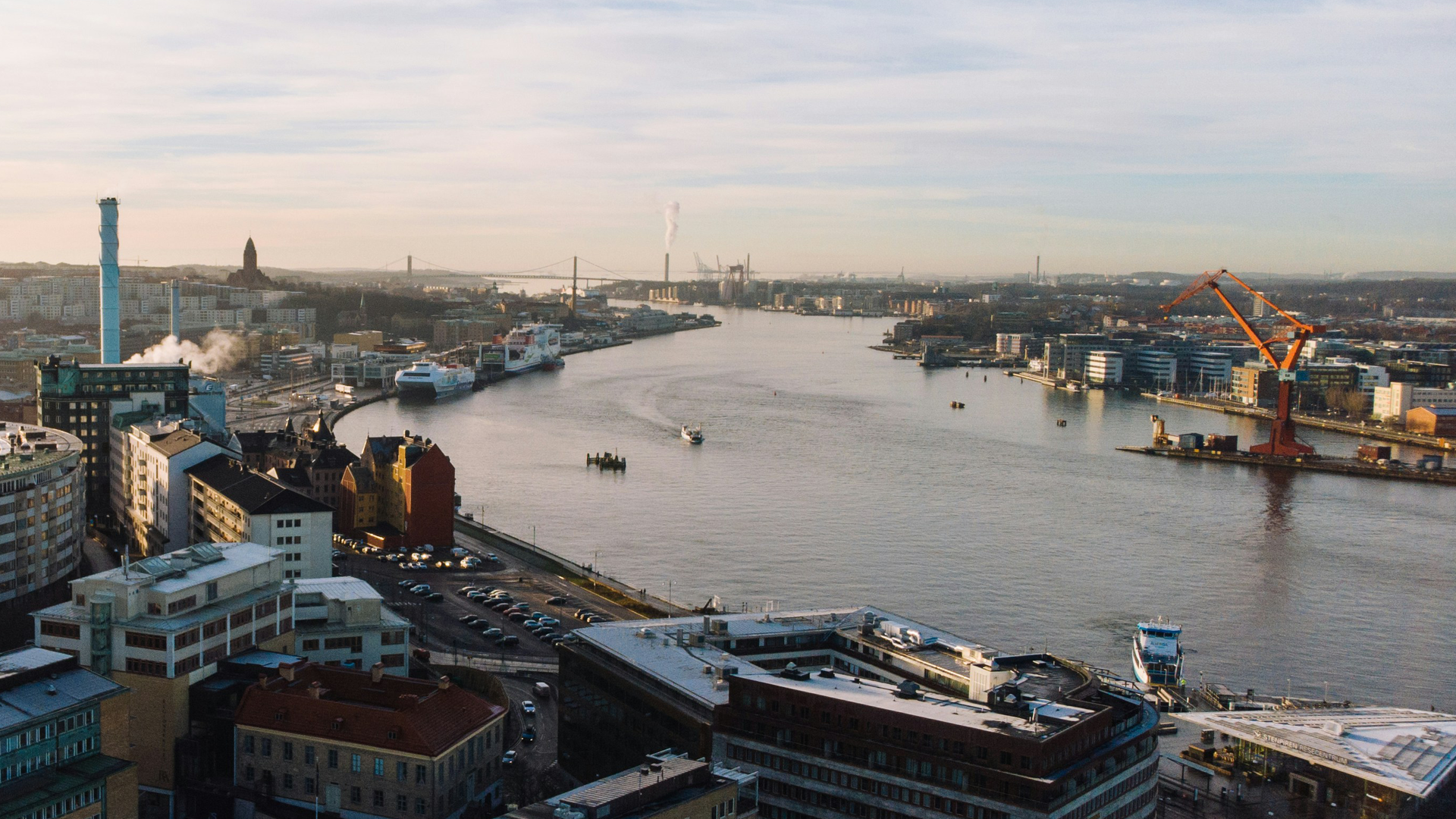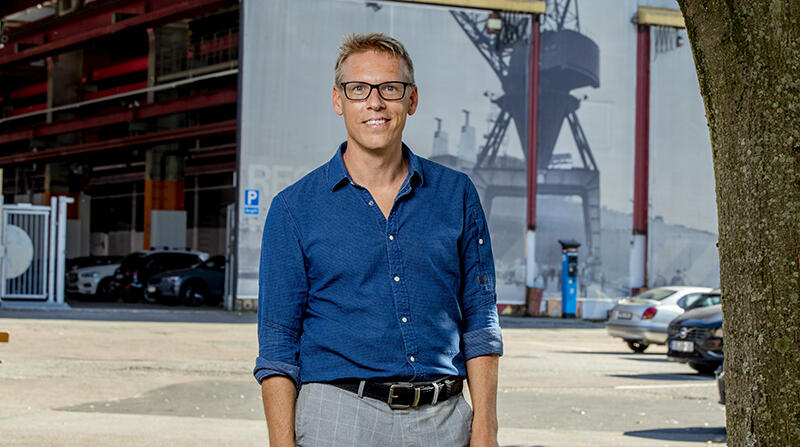Testbed for electrified autonomous waterborne public transport
The project intends to clarify the potential and assess resources needed for an open shared testbed where innovative solutions within electrified and autonomous waterborne public transports can be tested and developed.

The testbed will be an important piece for the transformation of the Swedish transportation system and, in addition to access to a physical and digital infrastructure, will offer a collaborative environment for public, industry and research actors where knowledge and experience can be shared and put into practical application.
Primarily, the project will evaluate and analyze the possibility of creating a joint, open testbed for urban waterborne transport operating on Göta älv and in the Gothenburg archipelago, but the intended testbed could also be applicable for innovative solutions in other parts of sea traffic. The project will identify and estimate what resources are needed and what key questions needs to be solved or approached to be able to launch the testbed. Some of the issues that will be addressed involve infrastructure, mobility patterns and legal aspects.
The project, which is run as a feasibility study, will compile and analyze a number of existing studies and surveys to identify the optimal set-up and to gain the know-how to establish a testbed in the best way possible. Among other things, the project parties will use an existing investigation of the Göta älv in Gothenburg and results from travel habits surveys to create a basis for various alternative choices. The study will cover aspects including urban development, real estate development, public transport needs, energy and power supply, mobility needs and existing regulations. The project focuses its work within two work packages:
WP1: Electrification & Infrastructure
The work package evaluates, from a real estate and urban development perspective, available alternatives for the placement of a quay that will house the central components of the testbed. A cohesive quay engaging passengers, other maritime traffic, infrastructure and with flexibility for continued development and expansion. Important aspects to take into account are, for example, the nature of quays, access to the power grid, the possibility of floating docks, charging infrastructure and the design of stops along the route. Gathering information from other cities, public transport authorities and ship suppliers is also an important input to the evaluation.
Overall, the work package shall produce a decision-making basis for the location of quays in the Frihamnen area with described resource and investment needs as well as potential for tests of conversion to both electrified and self-driving traffic on urban waterways.
WP2: Mobility - behaviour, policy & business models
The work package evaluates, from a traveler and service provider perspective, conditions and requirements for alternative ferries on waters close to the city. A specific area that will be investigated is electric, autonomous ferries and what positive effects they may have on the city and its inhabitants, including reduced emissions, fewer car transports, tying different city districts closer to eachother and an increased use of active mobility solutions such as walking and cycling. In order to investigate possible benefits and sustainable business solutions, the work package will use co-creation as a tool to get perspectives from travelers, suppliers, operators and service providers. The system perspective is at the center of the work package, but investigating how it can be possible to get travelers to want to use autonomous ferries and, by extension, change their travel habits to more sustainable alternatives, will also get a lot of focus.
The work package will also address policy-related challenges.
Time period
February 2023 - February 2024
Partners
Chalmers University of Technology, CPAC Systems, Ericsson, City of Gothenburg Stadsmiljönämnden, Hyke, Lindholmen Science Park, Styrsöbolaget, Volvo Penta, Västtrafik, Älvstranden Utveckling
Funding
The project is funded by the Swedish Energy Agency.
Contact


